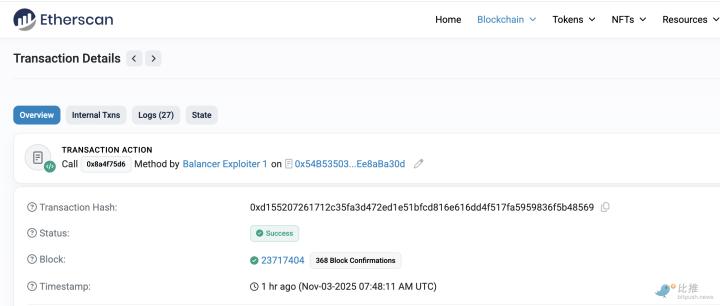Stablecoins Continue to Dominate Crypto Industry Revenue: Tether to Hit Record $15 Billion Profit by 2025.
Stablecoin issuers continue to dominate the majority of revenue across the crypto industry, maintaining a share of 60% to 75% of total daily revenue across key sectors such as decentralized exchanges (DEXs), lending platforms, Collateralized Debt Position (CDPs), and blockchain infrastructure.
This dominance confirms that stablecoins are now the most lucrative sector in the entire crypto ecosystem, thanks to providing a stable platform for trading and reliable collateral for DeFi protocols.
Tether and its $15 billion profit – Performance icon of the stablecoin industry
According to CEO Paolo Ardoino, Tether – the issuer of the world's largest stablecoin USDT – is expected to reach a profit of up to $15 billion in 2025, with a profit margin of 99%, making the company one of the most profitable businesses in the world per employee.
Tether 's business model relies on yield from the assets it backs. Major issuers like Tether and Circle hold user deposits in U.S. Treasury bonds and other low-risk instruments, then retain the interest instead of Chia it to stablecoin holders.
From July 2024, this model is legalized in the US through the GENIUS Act, which clearly stipulates that licensed payment stablecoins are not allowed to pay interest or profits to holders, to ensure that stablecoins are XEM "digital money" and not investment products or deposits.
Competition Intensifies: USDe and Coinbase Shake Up the Market
However, the stablecoin market is seeing new competition among issuers, as some companies seek to Chia value to attract users. USDe, which has now risen to become the world’s third-largest stablecoin, is putting pressure on the “big guys” by offering yields to holders through its “synthetic dollar” model.
Not stopping there, Coinbase – one of the largest exchanges in the US – has started paying interest to USDC holders on its platform, at a 3.85% APY. This cleverly circumvents the GENIUS Act, as the interest comes from the intermediary platform, not the stablecoin issuer. This signals a change in the way value is distributed in the stablecoin ecosystem.
Tether Prepares to Launch USAT – A New Step in Its Global Strategy
Meanwhile, Tether is in the process of raising more Capital to expand USAT, a US-regulated stablecoin version fully backed by USD, to meet stricter regulatory requirements and strengthen user trust.
The move comes as President Donald Trump, who is due to be re-elected in late 2024, has introduced more open policies towards digital assets. The Trump administration is encouraging the development of transparent, backed stablecoins, viewing them as “a bridge between traditional finance and decentralized finance.”







